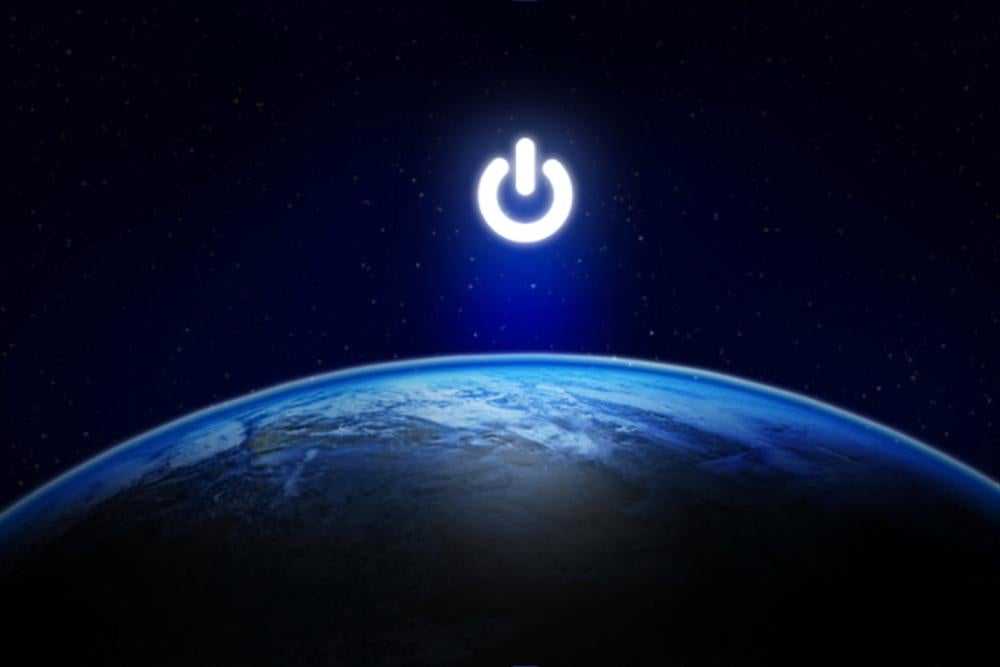Please call 1-800-794-1989 or use the SmartHub mobile app. To talk to a person, press zero.
With Earth Day around the corner, it’s time to reflect on the systems that sustain us. This includes the power grid that keeps our homes comfortable and our modern world running. As climate patterns shift and extreme weather events increase, the grid faces new pressures to meet our growing energy demands. From heatwaves to hurricanes, today’s changing conditions test the limits of an infrastructure first built in the late 1800s.
The first power grid, developed in 1882 in New York City, laid the foundation for the modern grid that powers our world. The systems we depend on today were built for past and current weather conditions. However, these conditions are changing. Extreme weather is now the No. 1 cause of blackouts in the U.S., accounting for 80% of major power outages.
How does extreme weather impact the grid?
Regions across the U.S. face extreme weather that strains infrastructure not built for extreme conditions. In Texas, limited winterization led to power outages and frozen pipes during the 2021 winter storm, often referred to as Winter Storm Uri. The Pacific Northwest’s record heat dome in 2021 increased electricity demand to record highs, causing grid equipment to overheat. In California, utilities routinely implement public safety shutoffs during dry, windy conditions to prevent wildfires.
Extreme weather impacts the grid in several ways. Sometimes, power is still being produced, but it can’t reach homes because power lines are down or damaged by fallen trees and debris during storms. During hurricanes or heavy rainstorms, substations — facilities that control and distribute electricity — can flood, causing widespread outages. Other times, when demand spikes during heatwaves or winter storms, the grid can become overwhelmed, leading to rolling blackouts or outages as supply struggles to meet increased energy demands.
What is causing the increased demand for electricity?
While extreme weather is one source of growing energy demand, development and technology are increasing the demand for energy. This demand is projected to rise 15-20% in the U.S. over the next decade, according to the Department of Energy.
Significant factors impacting this growth are the rise of artificial intelligence (AI) and its expanding data centers, cloud storage, communication tools and much more.
The grid faces two significant opportunities for growth: adapting to extreme weather conditions and meeting the rising energy demand. The energy industry is working tirelessly to ensure the power grid meets these ever-growing challenges and provides a more resilient and sustainable energy system that supports affordability and reliability.
Utility companies, government agencies, regulators and other stakeholders are working to increase grid resilience. Efforts include raising substations that are vulnerable to flooding, deploying battery storage to supplement the grid, expanding renewable energy sources, and connecting regional grids to improve overall stability.
What can we do?
While the challenges facing the power grid are significant, there are steps we can all take to reduce strain and contribute to a more reliable energy system.
· Simple actions like running high-energy appliances during off-peak hours can ease pressure on the grid, especially peak demand times.
· Conducting a home energy audit can identify ways to improve your home’s efficiency, reducing both your energy consumption and utility bills.
· Investing in battery storage can provide peace of mind by allowing you to store energy when demand is low to use during peak times. Most importantly, it can be used during power outages. This can help ensure you have electricity when the grid is most vulnerable.
Reflecting on Earth Day
Earth Day reminds us of the essential systems that sustain us, including the power grid that powers our homes and businesses. By recognizing challenges like extreme weather, increasing energy demand and aging infrastructure, we can take action to make the power grid more sustainable. Every action, from reducing energy consumption to supporting new technologies, contributes to a more resilient future.

